Adopting a specific RAID technology, involves finding the right implementation that meets all your requirements. It is more or less, striking a balance between cost of devices, performance, and fault tolerance.
Apart from the big decision of selecting either hardware of software RAID, which I will cover in my next blog, selecting RAID levels is the first step.
RAID 0
RAID 0 implements a striped disk array, wherein data is broken down into blocks and each block is written to a separate physical disk drive. There is actually no redundancy involved, and hence does not actually fit in with the acronym RAID.
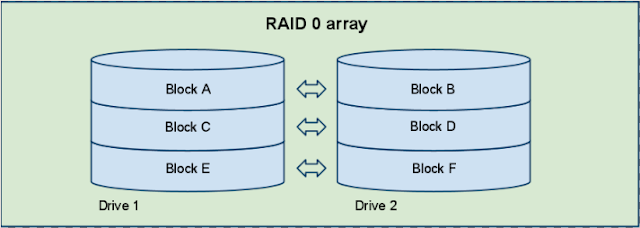
RAID 1
This RAID level provides redundancy by writing all data blocks to two or more drives.The performance of a level 1 array is faster on reads and slower on writes, when compared to a single drive, but if either drive fails,no data is lost(in case of an array of two drives).
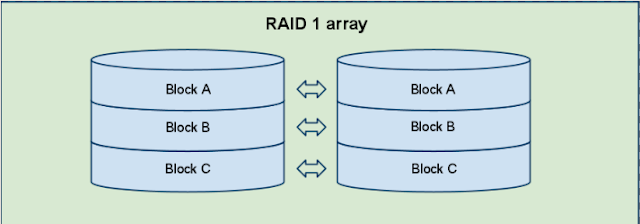
RAID 5
Imparts redundancy by writing data blocks and parity blocks across three or more drives, thus increasing performance. The RAID Level 5 is arguably the most popular RAID technology.
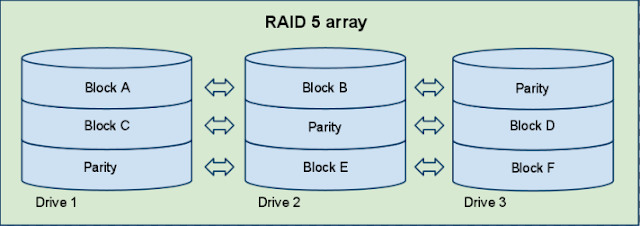
RAID 10
This level can be referred to as nested RAID. Here data is simultaneously mirrored and striped, and hence imparts redundancy along with high performance. The model finds its application where both high read/write performance and greater fault tolerance is needed.
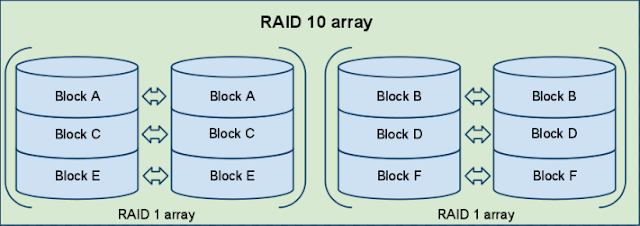
I’m winding up this part with a table on comparisons of various RAID levels. More to come. Do visit Bobcares blog!
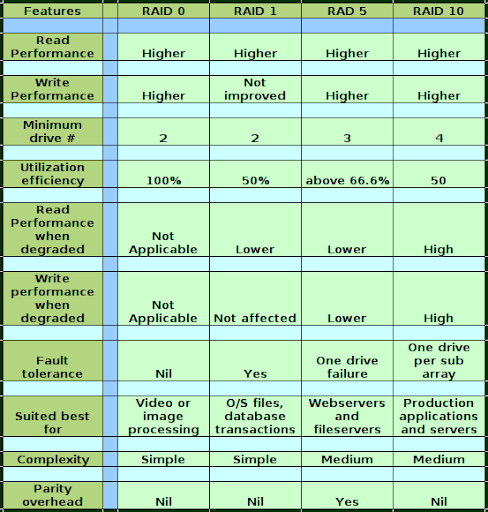




0 Comments